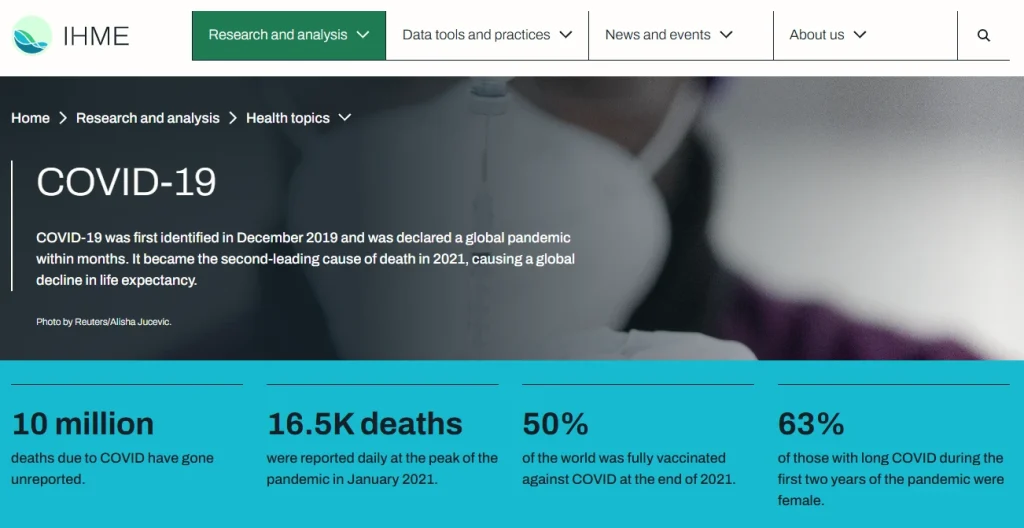Data for Pandemic Mitigation
Epidemiological modelling was an important tool throughout the Covid-19 pandemic to interpret data to support situational understanding, to understand its transmission dynamics, to forecast disease levels and health system loads, and to provide scenarios to develop awareness of the potential impacts of different options for policy choices. Many types of models were developed, and advances in computational power and algorithmic sophistication meant that accounting for geographical differences through the use of high resolution input datasets was possible.

Two of the most high profile models were those developed by Imperial College, which was used to guide UK policy, and the Institute for Health Metrics and Evaluation at the University of Washington (IHME), used to guide US policy. Both played a major role in driving decisions to ‘lock down’ or implement different types of mitigation measures. Both required recent and spatially detailed data on populations and their demographics as a key input dataset, and here, the open, peer-reviewed and fully documented data provided by WorldPop fitted the bill in terms of requirements and transparency.


